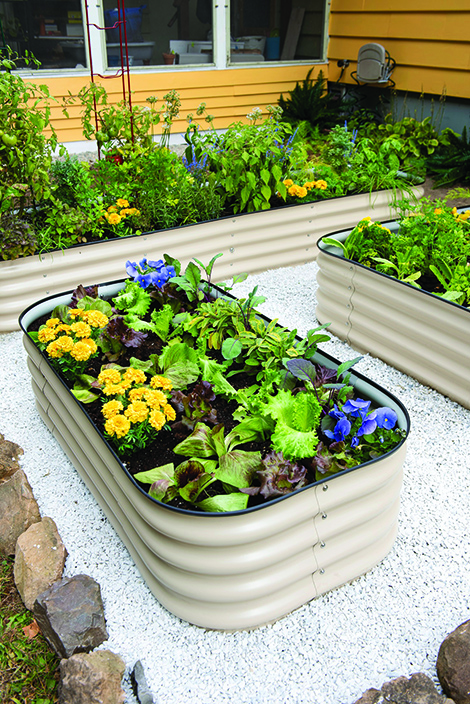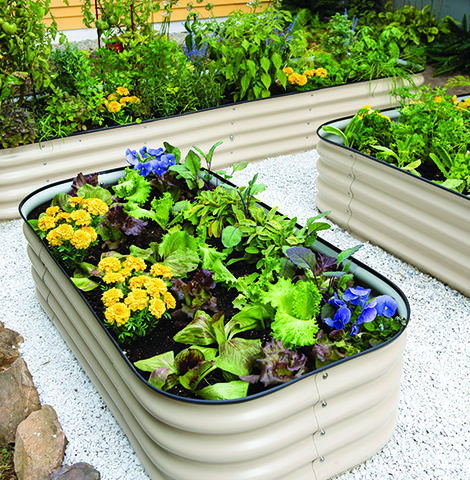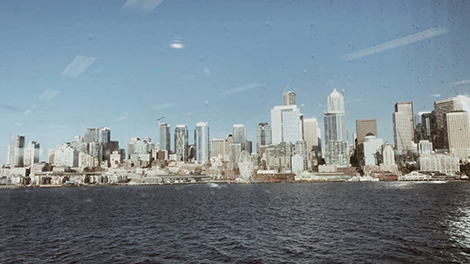Need more space in your garden? Go vertical
When your plant list is longer than the available gardening space, it’s time to expand your planting options. Create new gardening space by adding raised bed gardens, elevated planters, and containers wherever space allows.
Convert the end of the drive or edge of the patio into raised bed gardens. Use a raised bed liner to contain the soil. Raising the garden makes planting, maintaining and harvesting easier on the back and knees. It also allows you to create the perfect soil foundation by filling your raised bed with a quality planting mix.
Raise up
Long-lasting cedar is a traditional choice for raised beds. They’re also made of a wood and plastic composite or metal, and in a variety of shapes and sizes. Finding one to complement your gardening style and space is much easier these days.
Reduce time spent watering with a self-watering metal raised bed (gardeners.com) or similar product. Self-watering raised beds have built-in water reservoirs to extend the time between watering. Or use a raised-bed drip or soaker hose system to easily apply water right to the soil where it is needed.
Elevate
Elevated gardens are just containers on legs. They are perfect for patios, balconies and other hard surfaces. Use them to define space, create privacy, and grow ornamental and edible plants. Those on wheels can easily be moved out of the way when guests arrive. Or wheel them into the gathering, so everyone can harvest and dress up their meals with garden-fresh herbs and veggies.
Just pull up a chair and start planting or weeding your elevated garden. Grow vines in those with built-in trellises and extend the season by protecting plantings with frost and insect covers. Select elevated planters with a shelf below to conveniently store gardening tools and accessories.
Even small-space gardeners can expand their planting space with containers. You’ll find plenty of attractive options to fit your front steps, patio, balcony or deck.
Railing planters and window boxes don’t take up ground space, yet dress up any outdoor area. Grow herbs in planters located near the kitchen and flowers wherever additional color is needed. Add a few pollinator-friendly plants to attract butterflies and hummingbirds to watch and enjoy.
Water and mix
Don’t let the thought of frequent watering stop you from growing in containers and elevated gardens. Self-watering options are available in a variety of shapes and sizes.
Once you select your raised bed, elevated garden, or container, you will need to fill it with a planting or potting mix. Figure out exactly how much is needed with a soil calculator. Just plug the size and shape into the form. It tells you how many cubic yards or cubic feet of soil are needed for raised beds and the number of quarts for containers and elevated gardens.
Melinda Myers (melindaMyers.com), who wrote this article,

is the author of gardening books and the host of the “How to Grow Anything†DVD series and the “Melinda’s Garden Moment†TV and radio program.

